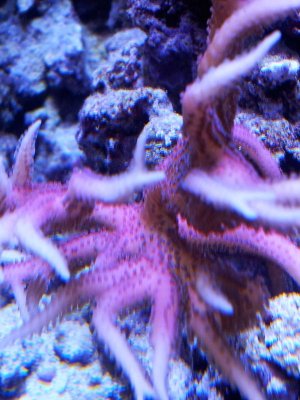Im sorry - I missed question about light diffusion.
In fact - most pros for T5 lights is that they are linear - and corals are getting light from almost all directions.
So - using diffusers(like white plexi or milk lenses) have sense only when you want to prevent agains disco effects..
frost lenses will not change light direction - they will offer wider spread and you will not be able to see color light edges on the sand(they will be mixed together)..
About your next question - because my english isnt to flexible

All light sourced have different polarity. And yes - the highest penetration will have a laser (focused beam of light) - the% of reflected light waves will be the smallest.
Polarization LED light provides increased water permeability than light eg T5 or with candles - this is due to method for producing light for example in fluorescent lamp, led lamp , candlelight - and finally the sun.
Second - of course, light penetration depend from wave energy - more energy/shorter wave = better penetration..
But if you are diver - you know, that corals in their natural habbitat never looks nice - all is green/blue and you can see real corals pigment only if you will take a photo - or you will pickup corals above water level..(to shallow water).
So - if you will ask me - red/warm light is needed by corals? IMHO - not(they need proper energy amount for Chla and Chlb - but its not used by pigments) .Red/warm color is needed for PROPER COLOR reading by human eyes? IMHO - yes.
Thats the reason why birdnets coral(or poccilopora) looks perfect and amazing taken of from tank(on sunlight) when under "normal" led lamp(blue:white) its not pink...
It will not be - because DsRED pigments included in coral tissue CANT reflect red light to human eyes - and coral seems to be brown..(only for human eyes).
Lets look - red car will be ONLY red for human eyes when his paint will reflect RED waves (red pigment reflectr red wave spectrum - all other will be absorbed).
If you will not use red light(using mono light source like LED) or you will use "full spectrum" light(but without red range) - it will never be a red(we will not see that).


